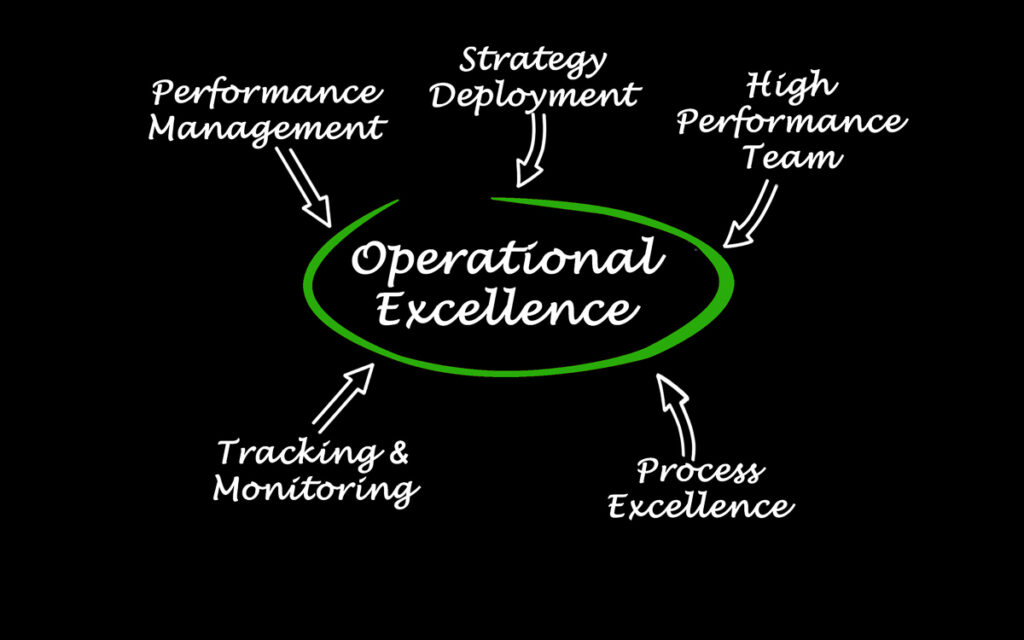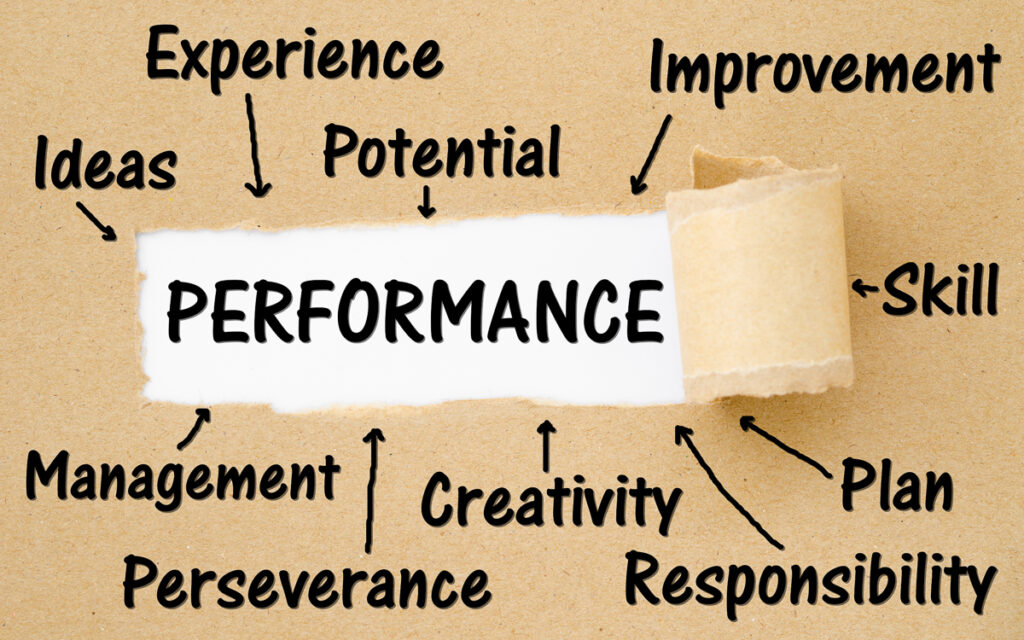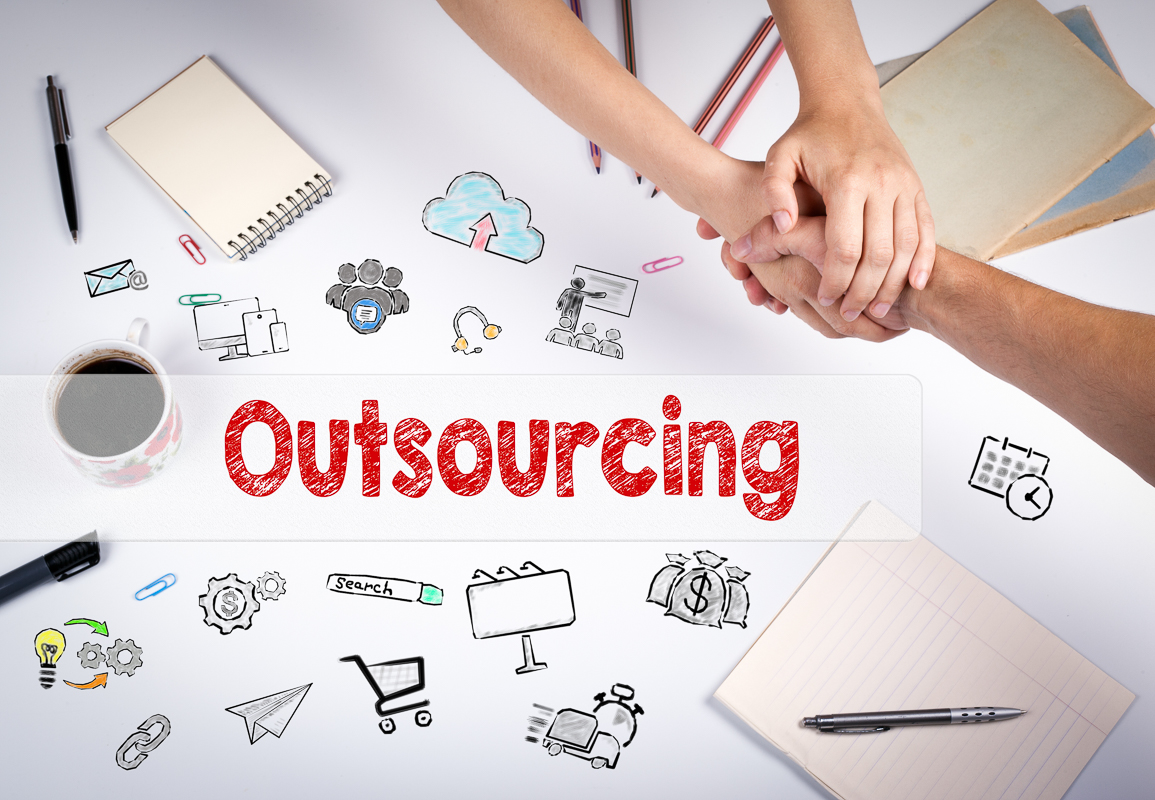Knowing whether in-house management or outsourcing is the way to go is a big decision that requires several considerations but if done well, brings several benefits to your business.
We examine the 5 main considerations when looking to outsource and here are some of the more important tips.
Strategical

- Allows companies to focus on its core strengths and activities
- Brings “Best-In-Class” practices to the client and flexibility in execution and scale
For most enterprises, their core forte is in product development, sales and marketing. Taking on activities that are not their core focus only drains the resources and stretches the enterprise to areas they are not familiar with. Identifying their core strategy and focusing on those imperatives and outsourcing the others will help the enterprise in the long run.
Operational

- The right partner improves operational KPIs like inventory accuracy, visibility and availability and therefore overall efficiency
- Improved visibility and enhanced customer experience through integrating transportation, compliance and warehouse management systems
What’s the goal for outsourcing? Typically, we look at improving visibility within our supply chain, increasing inventory accuracy and availability leading to overall improvement in productivity and efficiency. With all data and measurements in place, this will inevitably lead to an increased in customer satisfaction and cost reduction.
Financial

- Minimize cost and improve margins
- Pay-as-you-use model versus fixed cost operations
With a pay-as-you-use model, the enterprise does not have to worry about scaling up or scaling down. With clear KPIs and volume visibility, the enterprise and their 3PL can plan accordingly. Where an enterprise’s business models are subject to fluctuations, using a 3PL helps mitigate fixed cost and takes away the need to manage upside demand.
Resource

- Leveraging 3PL’s expertise and IT Systems
- Opportunity to redeploy employees to more value-added and varied roles
In many instances, the 3PL typically will have the right expertise and systems to manage the client’s business. Several years back, I had a consulting job and the owners of the company wanted to purchase a Warehouse Management System for their own warehouse. At the end of the consulting job, the decision was taken to outsource the operations to a 3PL as the 3PL will have the necessary systems and expertise to take on the tasks.
Because the client’s business model had large fluctuations in demand (seasonal), it made sense to outsource the operations to a 3PL and while some existing staff were taken in by the 3PL (retaining expertise), a few others were redeployed to higher value-added roles like Indoor Sales and Customer Service.
Performance

- Customer engagement and experience will improve significantly, enabled by clear and precise KPIs and improved operations
When outsourcing, identifying the right measurements allows the enterprise to track performance and hence customer satisfaction. I have in the past met with clients who had the wrong KPIs. Take for instance delivery performance – one client believes that trucks departing the warehouse by 8.30am is a measure of delivery efficiency when the actual measure of timely delivery was not measured. So if the truck’s first delivery is at 11am and the destination is just 5 kilometres away, leaving at 8.30am does no good.
While outsourcing may not always be the solution, there are definitely benefits to outsourcing. Any enterprise wanting to outsource must be clear of the outcome they want to achieve and the decision has to be made top-down. Change management will be the biggest obstacle but if handled properly can bring lots of benefits to the enterprise.
